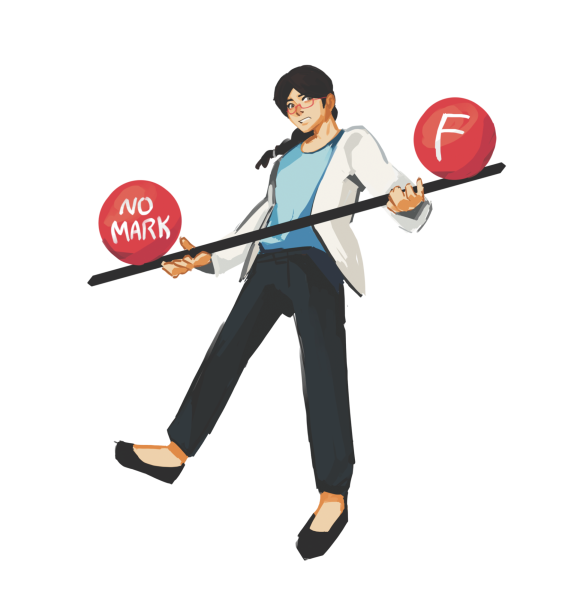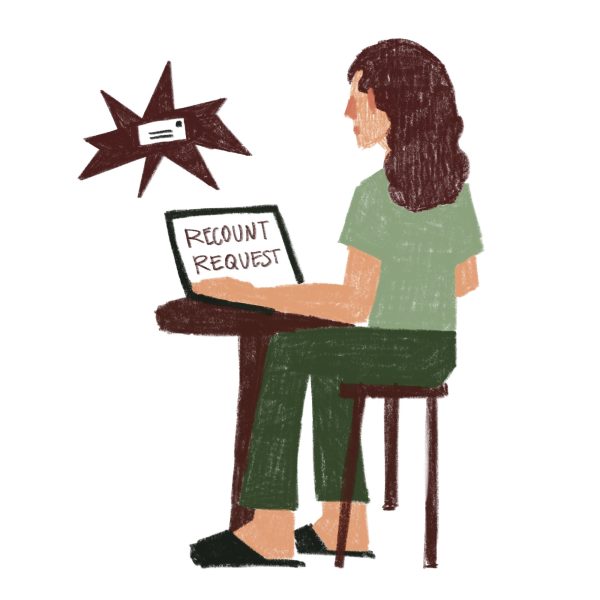UC officials withhold 2015 acceptance rates
Controversy over in-state acceptance rates causes officials to postpone release date
Amidst a political standoff regarding state budget as well as the growing sense that a University of California (UC) education is no longer attainable for California residents, the UC system will not be revealing 2015 acceptance rates until late May.
The UC system typically releases admissions data in the middle of April. UC officials attribute the delays to uncertainty over funding and therefore enrollment in the upcoming academic year. The withholding of record-low admission rates is designed to avoid further fueling tensions between UC President Janet Napolitano and California Governor and UC Regent Jerry Brown.
In early March, Napolitano announced restrictions on next year’s out-of-state enrollment at UC Berkeley and UC Los Angeles, as well as a California resident enrollment freeze. This was to prevent enrolling students for whom the university has no guaranteed funding.
Though many students feel confident that they will fulfill their dreams of attending a UC school, even campuses that students once believed were “safety schools” or solid bets for good students — Santa Cruz, Santa Barbara and Riverside — are receiving record numbers of applications and wait-listing or rejecting top achievers, resulting in frustrated students.
The influx of applicants is correlated with students becoming alarmed by the plummeting admission rates, therefore applying to even more campuses than they would otherwise. According to Bay Area News Group, the UC student body has changed from 96 percent in-state students in 1994 to less than 86 percent in 2012.
Many students from the Palo Alto High School class of 2015 were turned away from UCs, and admitted into highly ranked out-of-state public universities or private institutions.
Paly senior Ariana Trindall, who will be attending UCSB in the fall, was surprised at how selective Davis and Irvine were this year.
“I applied to just about all UCs except Riverside and Merced because even though those were good safeties, I knew I wouldn’t like it there,” Trindall said. “I decided to go to UC [Santa Barbara] and that was actually the only one I fully got into aside from UC [Santa Cruz]. That surprised me because I felt I had qualities to get me into [UC] Irvine and [UC] Davis as well. In terms of unfairness, I think it’s a natural casualty of poor funding towards education. While it is bad for Californians like myself, I think the universities are in a really bad position.”
Senior James Chau was even more shocked when he was rejected from all UCs he applied to, including Irvine and Santa Barbara. Luckily, Chau was accepted into University of Michigan, Ann Arbor through early action, making the rejections a little less disappointing.
“Judging by the statistics I saw online, I was expecting to get into at least a couple, I didn’t expect [UCs] to be that competitive this year,” Chau said. “My parents preferably would have wanted me to attend a UC, but were willing to pay for Michigan.”
Your donation will support the student journalists of Palo Alto High School's newspaper












